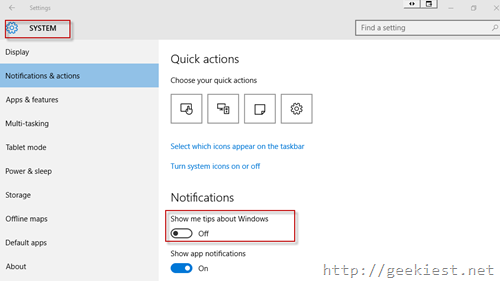

To learn how to change the Screen and sleep settings on your Windows computer, see How to adjust power and sleep settings in Windows. The tables below show the new default values for Screen and sleep. Windows defaults for Screen and sleep have been updated to reduce energy use when your device is idle. Updated default Screen and sleep settings

Together, we can help reduce our carbon impact for computers by using power efficient settings. Reduce emissionsīecause much of our energy today is produced from the burning of fossil fuels, reducing the amount of energy we consume results in fewer carbon emissions. These settings turn off your screen and put your device to sleep when not in use. Power efficient settings help extend your battery life by minimizing the amount of battery needed to power your device when you’re not using it.

As a result, you’ll need to charge your battery more often, and the overall battery capacity may be lower. The capacity of lithium-ion cells is reduced after a certain number of times the battery is charged and then discharged. Lithium-ion batteries age over time, which can result in a battery not holding a charge for as long as it did when it was new. To reset a Windows 11 laptop or desktop to its factory default settings without losing your files, use these steps: Open Settings. With power efficient settings, you don’t need to worry about using energy on your device when it’s idle-Screen and sleep settings will put your device in a low power state while you’re not using it. Microsoft is committed to reducing the environmental impact caused by the energy use of our products, including when devices are idle. This is because much of the world’s energy today is created through the burning of fossil fuels.

When energy is produced, carbon is often emitted. We need energy to power our electronic devices. I also uploaded the second frame to give you an idea of what kind of Archviz environment it is.Updates to the default Screen and sleep settings now help you use energy more efficiently and extend battery life. On LITTLE thing.on the second frame of animation GPU stopped with an Optix error. Light cache calculation was about 20% faster on CPU but this I think it is related to i9 7900X handling it better than 3970X (please correct me if I am wrong).Īs you can see from the images the GPU is significantly cleaner. I started renders simultaneously and as expected CPU started frame faster, although only maybe 20 seconds faster then GPU. V-RAY GPU RTX: 2 x 2060 SUPER + 3970X (I am not sure if it was utilized in RTX mode) Ray bundle size: 128 on CPU and 192 / 16 on GPU - I left those at default. Noise treshold set to 0.009 (probably too low but I don't it matters in this case) I run a progressive render with following settings. Hey all, this morning I've found 5 minutes to run a quick test on one of our more complex archviz scenes and compare CPU and GPU performance.


 0 kommentar(er)
0 kommentar(er)
